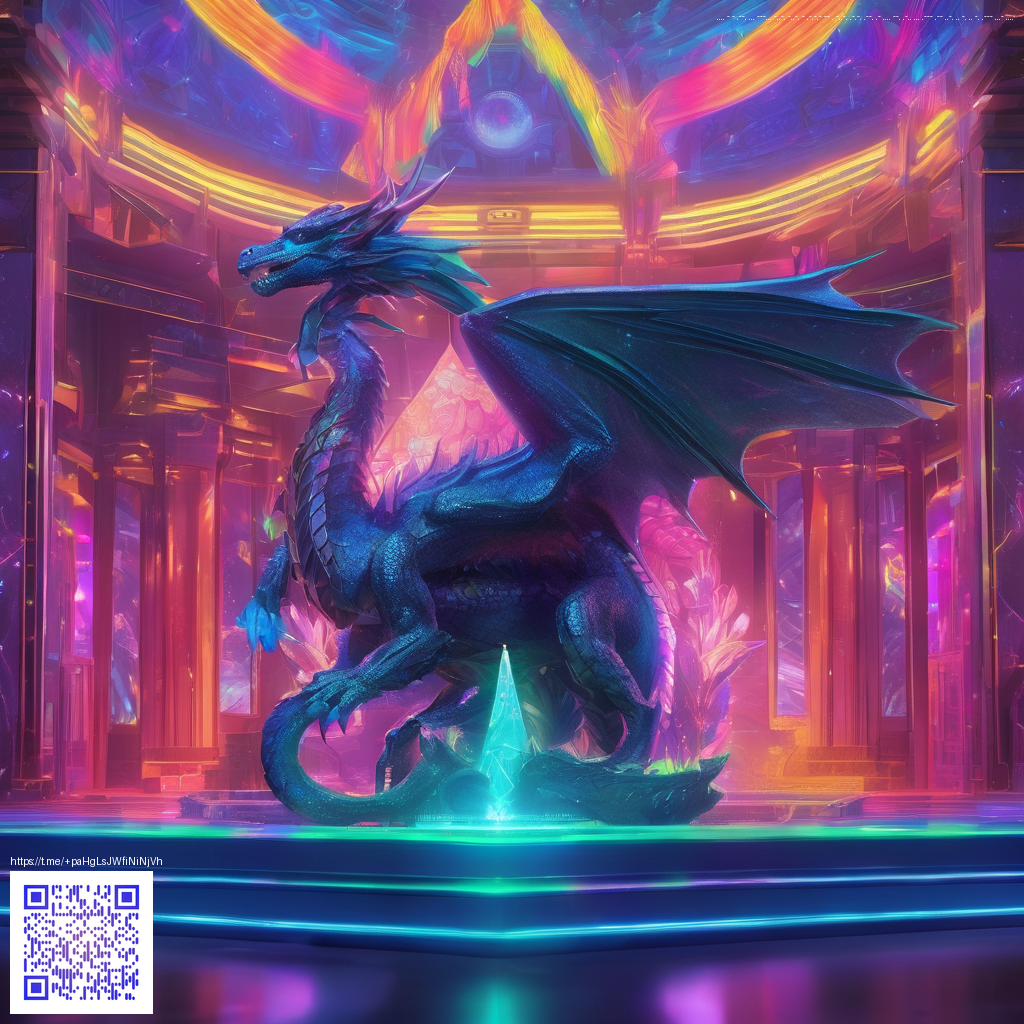
Inside the visual language of Satisfactory
The look and feel of a factory world often speak louder than the tools you carry. In Satisfactory, concept art serves as the first map of a sprawling design language, guiding how players read space, organize machinery, and respond to the world’s evolving scale. The sketches begin as quiet thoughts on lighting, texture, and silhouette, then blossom into the bold silhouettes, glowing conduits, and breathing landscapes that players depend on when laying out a production line. Every blueprint hidden in ink on paper eventually becomes a living part of the game world.
From the outset, the art team embraces modular aesthetics. Blocky, interlocking shapes create a readable rhythm across vast hubs and tight corridors alike. This modular philosophy translates into practical gameplay: players can extend a factory by snapping new modules onto established cores without losing sight of the big picture. In practice this means clear sightlines for airflow and resource flow, which translates into fewer wasted spaces and more satisfying, scalable builds. The color language reinforces this logic too, using distinct palettes for different resource zones so players can instantly identify iron, copper, or fuel processing at a distance.
Lighting and atmosphere as gameplay logic
Lighting is not mere decoration, it is information. The concept art experiments with warm and cool gradients that echo the day night cycle, and this careful handling makes it easier for players to parse seasons, shifts, and maintenance needs at a glance. Volumetric light and dust motes have practical benefits as well, highlighting the paths of conveyor belts and the glow of reactors without overpowering the scene. In crowded factories, lighting helps separate foreground action from distant machinery, guiding players to the next logical build or upgrade without forcing a zoom in every time.
Atmosphere also tells a story about scale. From towering smokestacks to compact testing bays, the sketches balance impressive grandeur with functional clarity. This balance is not accidental. It reflects a conscious design choice to make exploration thrilling while keeping production intuitive. When fans push into the early access or post release patches, they notice how lighting upgrades and texture passes refine this balance rather than upend it, preserving the visual grammar that seasoned players rely on during long sessions.
Community insights and the living modding culture
One of the strongest accelerators of Satisfactory's visual evolution is the community itself. Players remix concept art ideas, push aesthetic boundaries, and share practical builds that demonstrate how art direction can support different playstyles. Modding has become a forum for experimentation where graphical overhauls and texture packs let fans experience factory spaces through fresh eyes. Among the widely recognized efforts is a graphical overhaul line that sharpens lighting, shadows, and reflections to make factories feel more cinematic while staying readable during fast-paced play. The community database in use around the game keeps growing as artists and builders trade tips and showcase complex piping diagrams that look as good as they perform.
From art notes to player-created skylines, the design team views concept art as a living document that invites experimentation. The aim is not to freeze ideas in ink but to seed a vocabulary that players can lean on when they craft their own factories. That dialogue between on paper and in game keeps the world feeling fresh and earned.
Updates in recent years have continued this conversation. While the patch notes emphasize bug fixes and performance, readers across forums and modding channels consistently report that improved lighting and texture passes significantly enhance factory storytelling. When visual refinements align with gameplay goals, the result is a more immersive experience that invites longer play sessions and more ambitious builds. The developer commentary during these cycles underlines a commitment to consistency of art direction while leaving room for community driven experimentation to flourish.
Design as a compass for future expansions
Concept art acts like a compass for the team when planning new biomes, machines, and expansion packs. The language of pipes, power nodes, and turbine silhouettes becomes a vocabulary that guides new content without breaking the old grammar. For fans, this means that even when new materials or professions arrive, they can often intuit the design logic behind them from the way a piece of concept art reads at a distance. It is a reminder that the most enduring visuals are not just pretty, they are practical, legible, and capable of scaling with player ambition.
For builders who want to study this approach, start by tracing how a single module or a set of conveyors dominates a frame in a concept sheet. Notice how the color cues indicate purpose and how lighting isolates the focal points. These small tricks accumulate into a robust design system that supports grand factory dreams while remaining approachable for newcomers. The synergy between art direction and gameplay is not accidental; it is the backbone of a world that invites repeated visits and inventive adaptations.
As players continue to push boundaries, the ongoing conversation between art and engineering remains at the heart of Satisfactory. The visual language grows with the game, but its clarity endurance ensures that every new feature feels earned and coherent within the factory universe. For anyone chasing the thrill of a well organized production line, the concept art pipeline offers a map that is as instructive as it is inspiring.
2 in 1 UV Phone Sanitizer Wireless Charger 99 Germ Kill